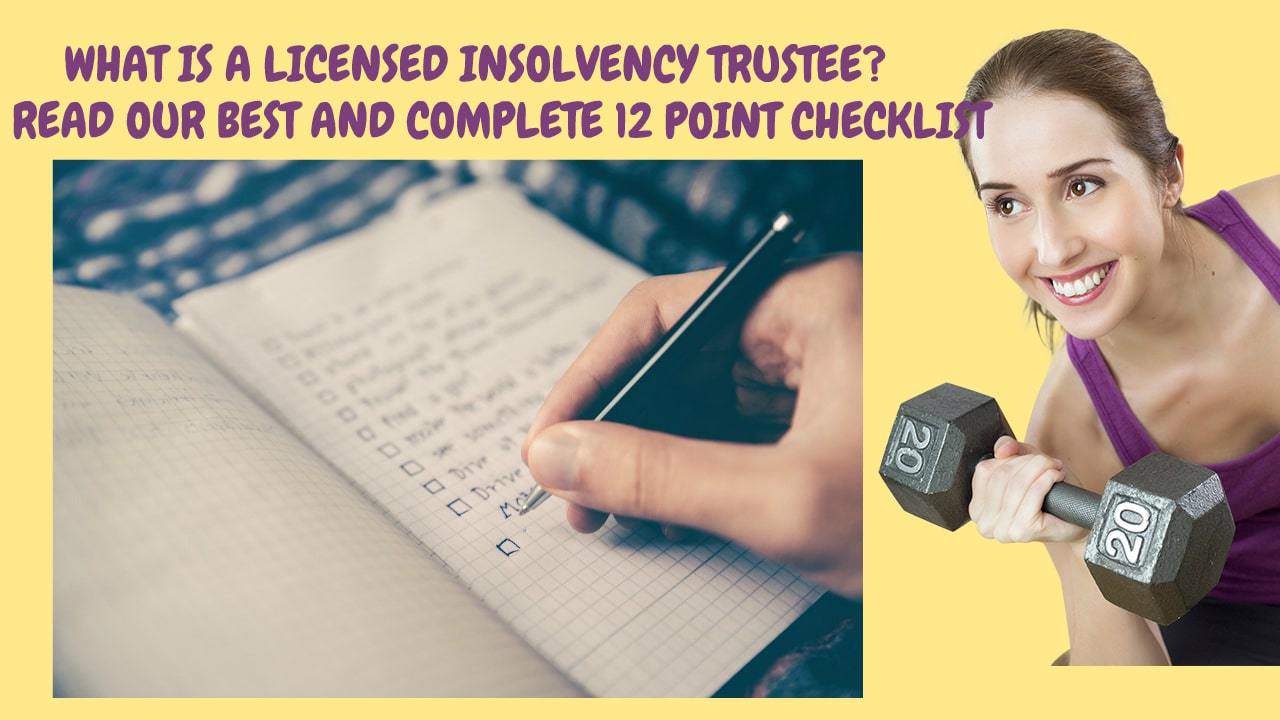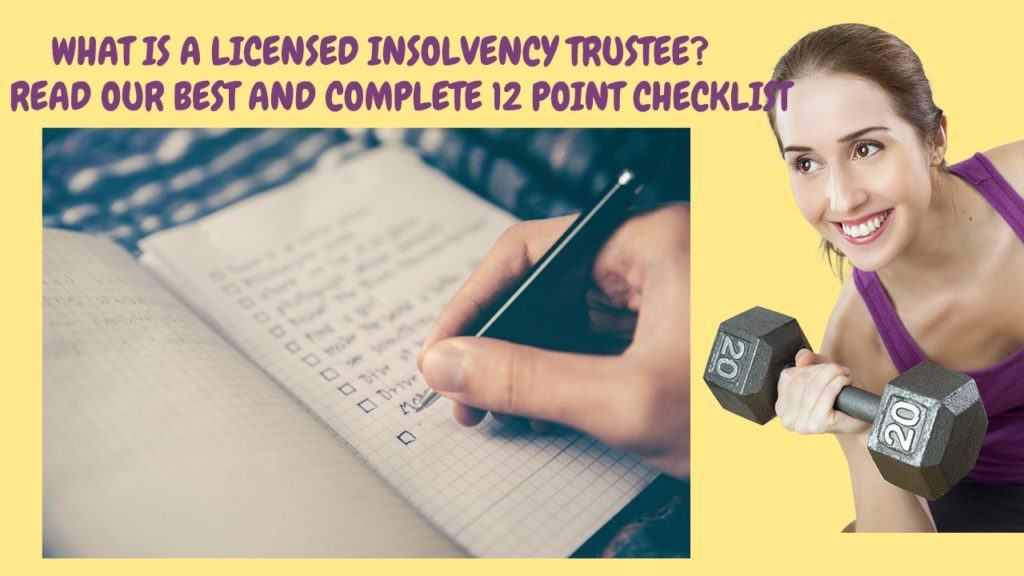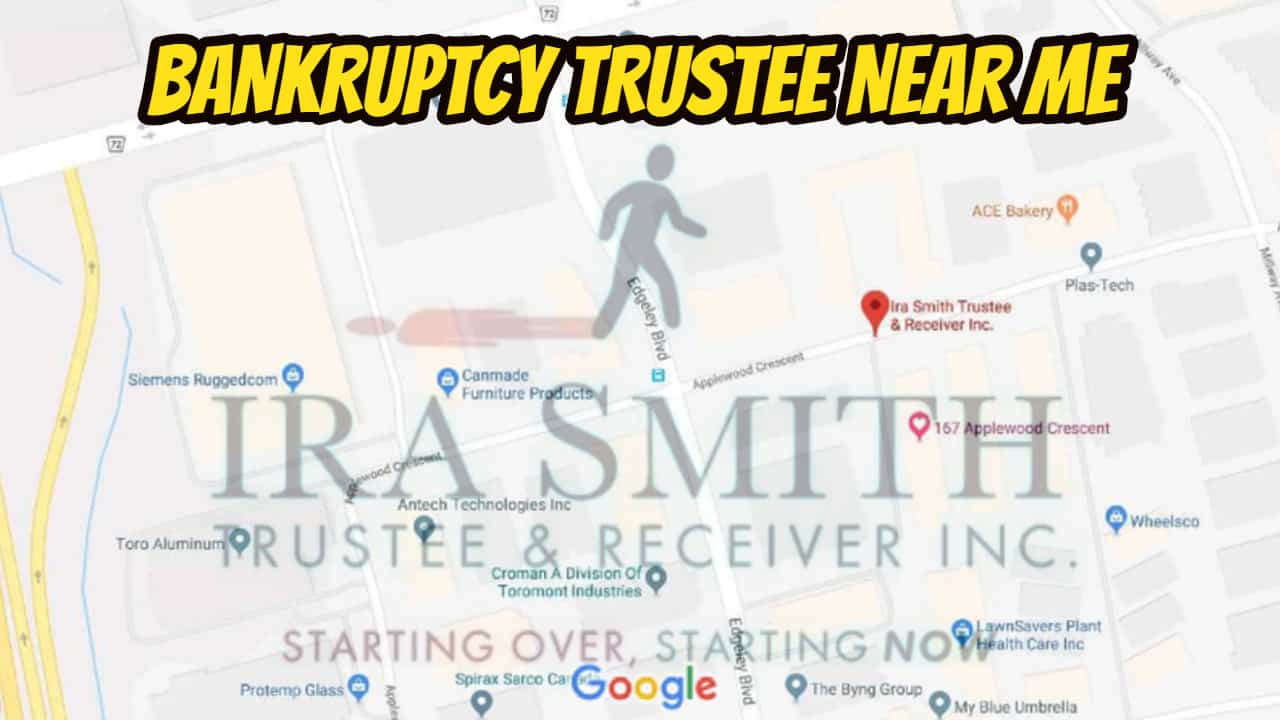
The Ira Smith Trustee Team is absolutely operational and Ira, in addition to Brandon Smith, is readily available for a telephone consultation or video meeting. We hope that you and your family are safe and healthy.
If you would like to listen to the audio version of this Brandon’s Blog, please scroll to the bottom and click on the podcast.
Earnout introduction
Our firm has recently started consulting with a business that has been deeply negatively affected by the Toronto coronavirus. I cannot tell you what it is, but I can confirm it is not in the food and beverage industry. Their cash flow budget shows they are going to soon run out of cash. That is bad news. The good news is that they are being courted by a company that wants to acquire them. The purchaser is proposing to pay a certain amount of cash on closing with an earnout deal as an upside.
The question they asked us, and the retainer that we will get, is to review the various options available to the target company. They want recommendations in case an insolvency process must be used to get either a refinancing deal with their banker or the sale completed.
We have had a very high-level discussion so far. It was immediately obvious to me that an insolvency process was not just a potential, it was a necessity. Not because the target company is going to crater tomorrow. Rather, for a different reason.
The business is currently viable but insolvent. That is the perfect combination in order to do a debt settlement plan combined with a corporate debt restructuring. My initial impression was that we can enhance either the refinancing or the sale by doing a corporate restructuring of debt.
Such a combination will enhance either option because:
- In a refinancing, the restructuring will allow for a finite amount of money to go towards discharging all of the company’s unsecured debt, with the majority going to future operations.
- For the sale, the purchaser will not be taking on many liabilities which will allow for a higher negotiated selling price.
You might think that the purpose of this Brandon’s blog is to focus on corporate restructuring, but it isn’t. Rather I want to focus on giving a basic primer on earnout deals.
What is an earnout structure?
An earnout structure is the combination of all the components which add up to the negotiated earnout sales agreement (merger agreement or earnout agreement). These elements consist of the purchase price, monetary and/or operating targets to be met or exceeded, upfront payment, as well as contingent payment.
The framework of the earnout agreement will have the earnout formula spelled out. The formula and full arrangement will be described in the particular clauses within the earnout agreement
Earnout clauses are part of the legal contract between the seller and the buyer. They normally contain 7 essential elements in the merger agreement: (1) overall acquisition price (2) the amount to be paid on closing (3) what the total potential additional purchase price contingent payment is based on the earnout formula (4) the length of time that the earnout deal applies for (earnout period) (5) what the financial and operational targets are (6) how the performance will be measured, and (7) the earnout cash payment formula and time frame each measurement period to make the calculated payment.
Why agree to an earnout arrangement?
When the buyer and seller have a difference of opinion on what the purchase/sale price should be, earnout clauses can bridge that void. It is a way to attempt to negotiate a deal that will be a win for both parties.
A remedy can be found through earnout payments. The buyer agrees to a purchase price which includes both a set payment on closing and a variable amount over a defined amount of time. It is computed depending upon the future growth of the target business. The earnout payments come to be due if the targets (both in performance and time frame) are met by the target business.
How does an earnout work?
As indicated above, there is an earnout formula in the agreement of purchase and sale. The earnout formula will be based on certain milestones being met in the future over the earnout period. Examples of earnout milestones can include on or more of:
- sales revenue of brand-new modern technologies or products;
- certain accomplishments with a predefined client base;
- meeting or exceeding specific key financial results; and/or
- hitting a minimum level of financial performance measured by earnings before interest, taxes, depreciation, and amortization (EBITDA).
It is not uncommon in earnouts in m&a transactions, if the targets are not met, the seller gets absolutely nothing. This is notwithstanding there may have been performance improvement. That is because the target business did not meet the defined milestones. When putting together an earnout agreement, very close attention must be paid to both the computation and the definitions in the earnout clauses for the earnout payments. The parties must ensure that the language is as clear as it can be. If not, then disputes and probable litigation will be inescapable.

Earnout milestones and the good faith of the parties
When looking at any contract, there is a basic question. Does Canadian legislation place a duty on parties to a contract to carry out those duties honestly and in good faith? Must there be fair dealing between the parties? I believe the leading case on this topic is the decision of the Supreme Court of Canada (SCC) in Bhasin v. Hrynew, 2014 SCC 71, [2014] 3 S.C.R. 494.
The answer to that question, as decided in that case, was yes. There must be fair dealing.
Nonetheless, in doing so, the SCC stated that the buyer does not act in the capacity as a fiduciary for the seller. The court also stated that there is nothing to prevent one party to legitimately obtain an economic benefit from the merger agreement over the other. The court was not asked to, and therefore did not, express any views on if a party goes out to frustrate or prevent a milestone from being met, does that constitute bad faith? It obviously won’t be fair dealing, but the court did not opine on the issue.
Earnout and Toronto coronavirus
The coronavirus pandemic has created so much uncertainty in all of our lives. The economy is just one of them. It has created a financial crisis for many. Entrepreneurs who had prepared to put their company up for sale in 2020 have been thrown a curveball. Buyers are of course looking to take advantage of the current financial crisis conditions to pay less for a viable business than they would have just 9 or 10 months ago. Sellers want to value their business on a historical average basis so that when the coronavirus financial crisis is over and the economy returns to normal, they will be fairly compensated. Buyers are looking for an advantage based on today’s economic realities.
An earnout clause may just be the way to bridge the gap. Perhaps both an earnout and a reverse earnout may be a way to go. The business gets valued on a historical average basis, but part of the purchase price is held in escrow invested. Over the agreed-upon earnout period, if the milestones are reached, including getting back to historical average earnings, then the earnout is paid out, in whole or part, to the seller. If not, the invested escrow funds are returned to the buyer.
Earnout deals and insolvency
In the current situation, we are being retained on, the viable but insolvent company has too much unsecured debt. Nobody is going to offer them new financing in order to pay off old debts. Financing is realistically available for go-forward expenses only.
The potential purchaser is not going to agree to assume the unsecured debt. The purchaser wants to buy assets of the target business, not the shares. They are going to want to make sure that if they purchase the assets, unsecured liabilities are not going to tag along. They will not want to just rely on common law. They are going to want a court order authorizing the purchase and getting proper title through a vesting order.
An insolvency process will accomplish both. It will be a debt settlement corporate restructuring. The merger agreement or earnout agreement will give both the seller and buyer certainty. The process will be conducted under either the proposal provisions of the Bankruptcy and Insolvency Act (Canada) (BIA) or under the Companies’ Creditors Arrangement Act (Canada) (CCAA).
A portion of the purchase price will be held back and used to create a proposal fund to offer a settlement to the unsecured creditors. If the sale does not take place and the company goes into bankruptcy, our current assessment is that the unsecured creditors will receive nothing. So, an offer through a restructuring plan to the unsecured creditors will get them a better result than in the bankruptcy of the company.
With a willing buyer and seller, both in fair dealing with each other to get an agreement of purchase and sale done, I am certain that we will get the debt settlement corporate restructuring done.
Earnout summary
I hope you have enjoyed this earnout deals and insolvency Brandon’s Blog. Hopefully, you have better insight now into the fact that a sick insolvent company’s business can be saved by doing a sale of its assets to a healthy organization.
Do you or your company have too much debt? Are you or your company in need of financial restructuring? The financial restructuring process is complex. The Ira Smith Team understands how to do a complex restructuring. However, more importantly, we understand the needs of the entrepreneur or the person who has too much personal debt.
You are worried because you are facing significant financial challenges. It is not your fault that you are in this situation. You have been only shown the old ways that do not work anymore. The Ira Smith Team uses new modern ways to get you out of your debt troubles while avoiding bankruptcy. We can get you debt relief freedom.
The stress placed upon you is huge. We understand your pain points. We look at your entire situation and devise a strategy that is as unique as you and your problems; financial and emotional. The way we take the load off of your shoulders and devise a debt settlement plan, we know that we can help you.
We know that people facing financial problems need realistic lifeline. There is no “one solution fits all” approach with the Ira Smith Team.
That is why we can develop a restructuring process as unique as the financial problems and pain you are facing. If any of this sounds familiar to you and you are serious in finding a solution, contact the Ira Smith Trustee & Receiver Inc. team today.
Call us now for a free consultation.
We will get you or your company back on the road to healthy stress-free operations and recover from the pain points in your life, Starting Over, Starting Now.
The Ira Smith Trustee Team is absolutely operational and Ira, in addition to Brandon Smith, is readily available for a telephone consultation or video meeting. We hope that you and your family are safe and healthy.





